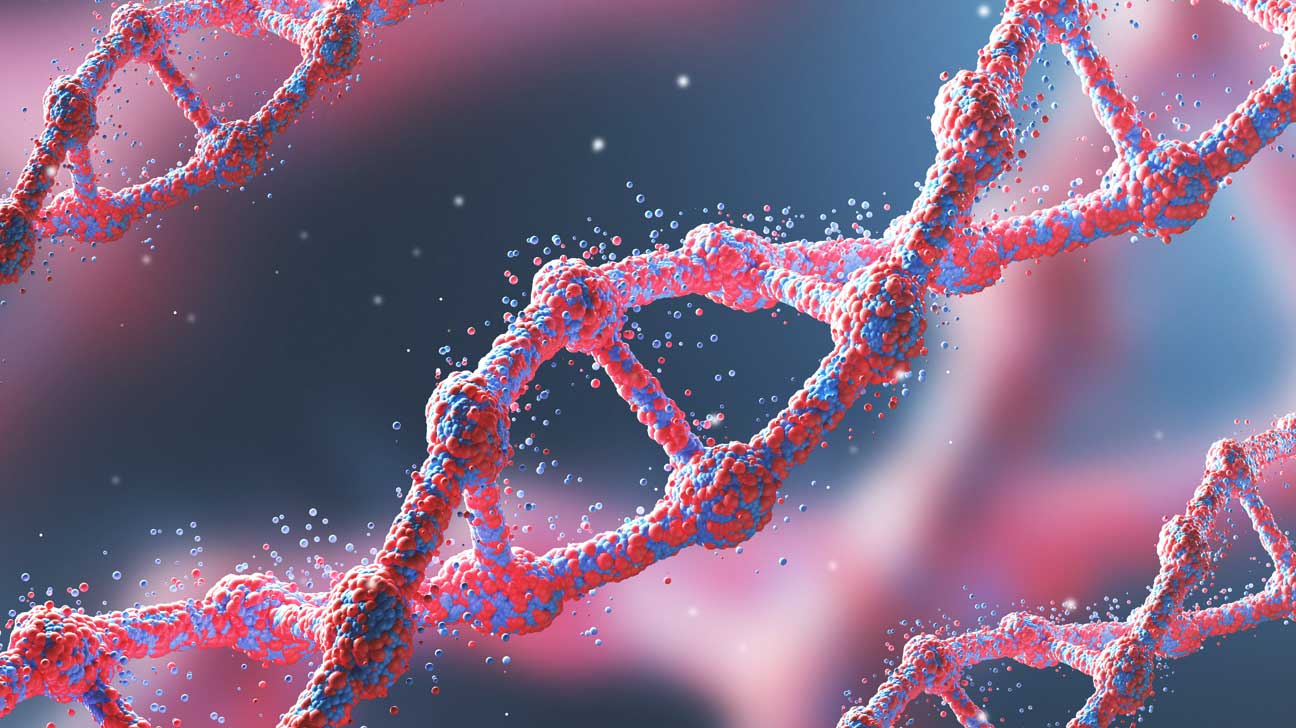
Human Brain Evolution: From Gene Discovery to Phenotype Discovery
Most living beings are able to perform actions that can be considered intelligent or, at the very least, the result of an appropriate reaction to changing circumstances in their environment. However, the intelligence or intellectual processes of humans are vastly superior to those achieved by all other species. The adult human brain is a highly complex organ weighing approximately 1500 g, which accounts for only 2% of the total body weight but consumes an amount of energy equal to that required by all skeletal muscle at rest. The process of evolution and Human Brain Evolution of the Homo sapiens brain resulted in a unique and distinct organ with the largest relative volume of any animal species.
Human Brain Evolution required the coexistence of two adaptation mechanisms. The first involves genetic changes that occur at the species level, and the second occurs at the individual level and involves changes in chromatin organization or epigenetic changes. The genetic mechanisms include: (a) genetic changes in coding regions that lead to changes in the sequence and activity of existing proteins; (b) duplication and deletion of previously existing genes; (c) changes in gene expression through changes in the regulatory sequences of different genes; and (d) synthesis of non-coding RNAs.
Short of technology that would shrink a remote video camera down to the size of a cellular implant, how can neuroscientists study brain development as an ongoing process in the living animal? The multistage model is useful here, too, as it was in explaining various brain disorders, because it suggests several points at which researchers can alter the process of development in a highly controlled way and learn a great deal by observing the outcome. Currently, three techniques are working especially well for researchers who want to know more about the making of the cerebral cortex, in particular.









